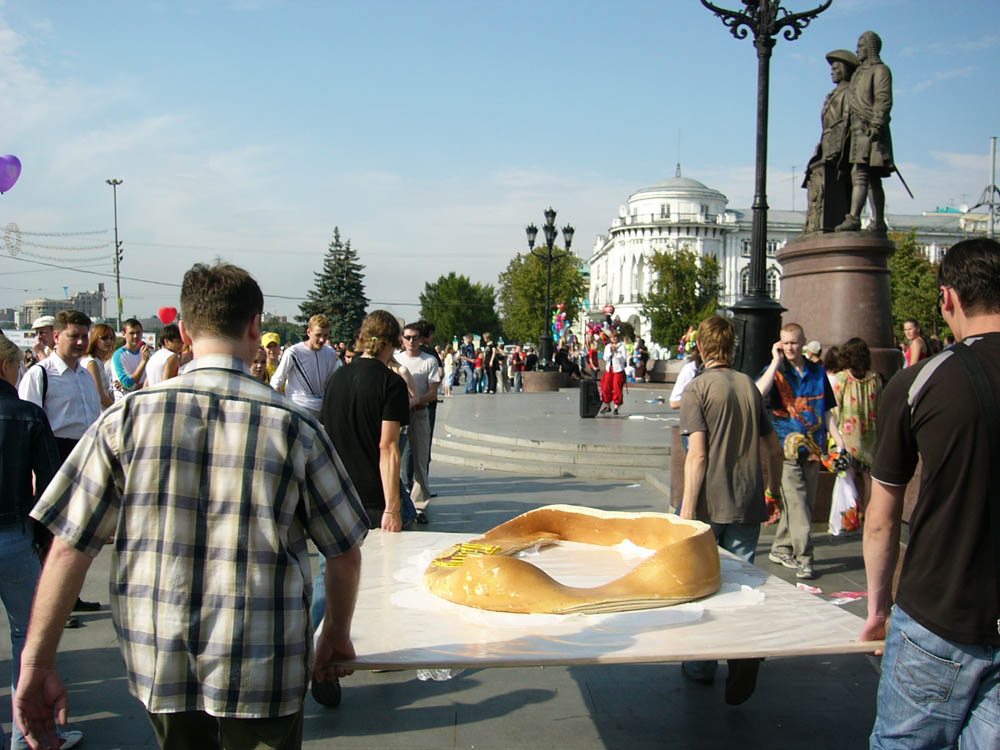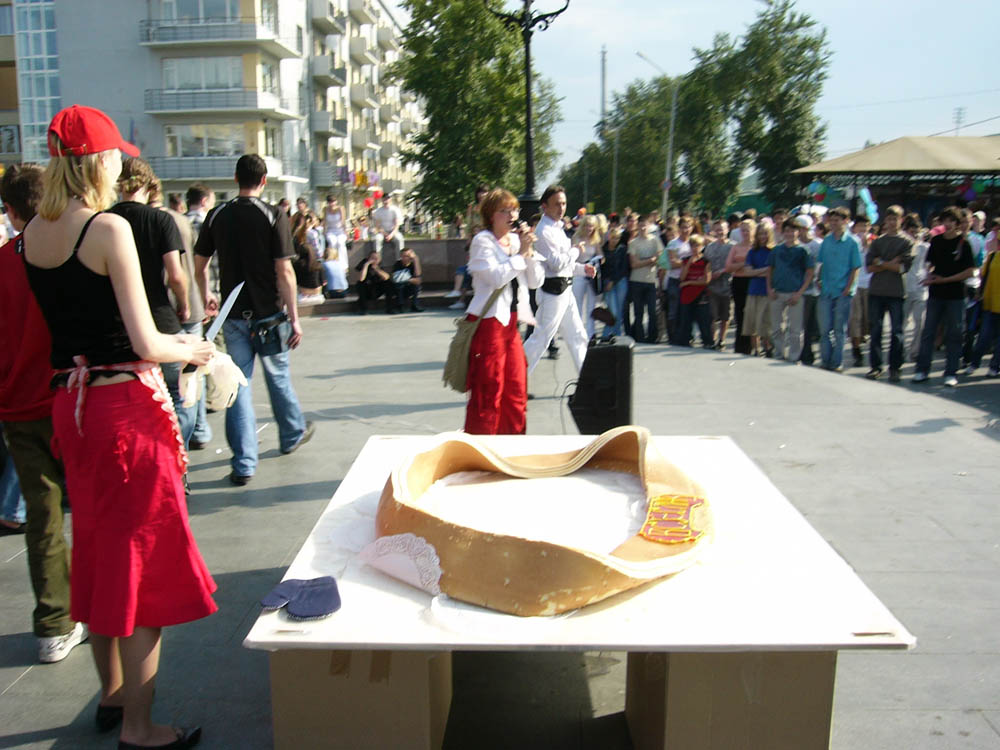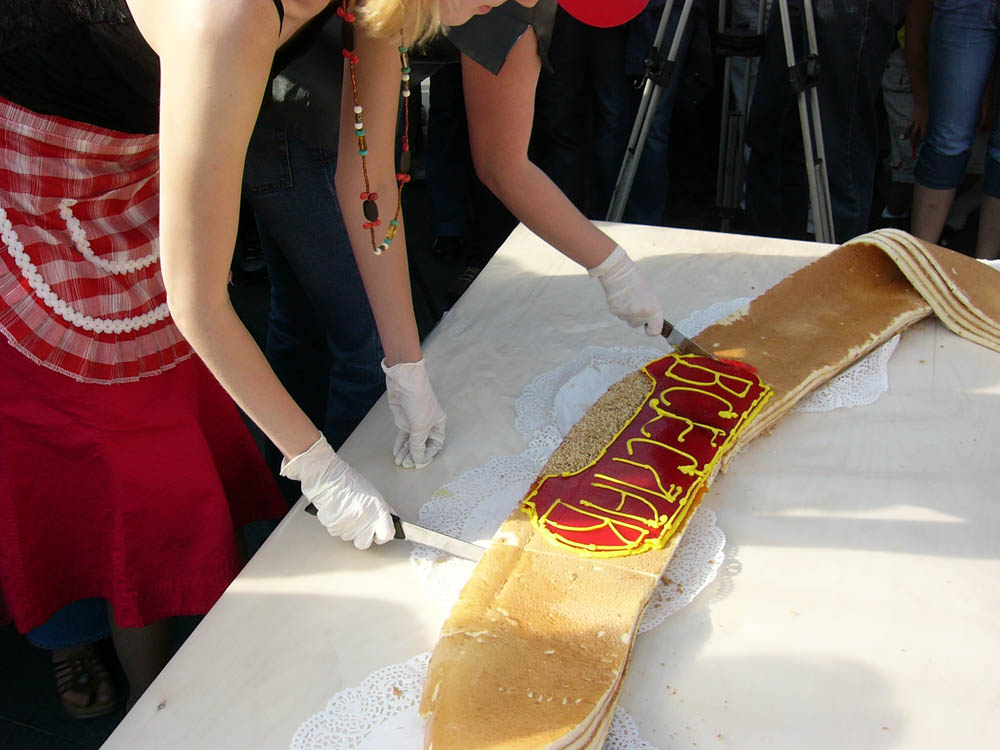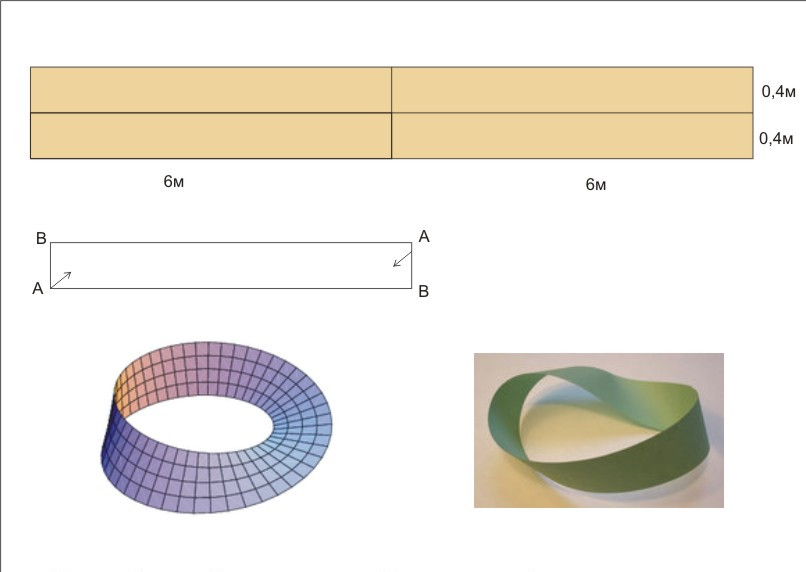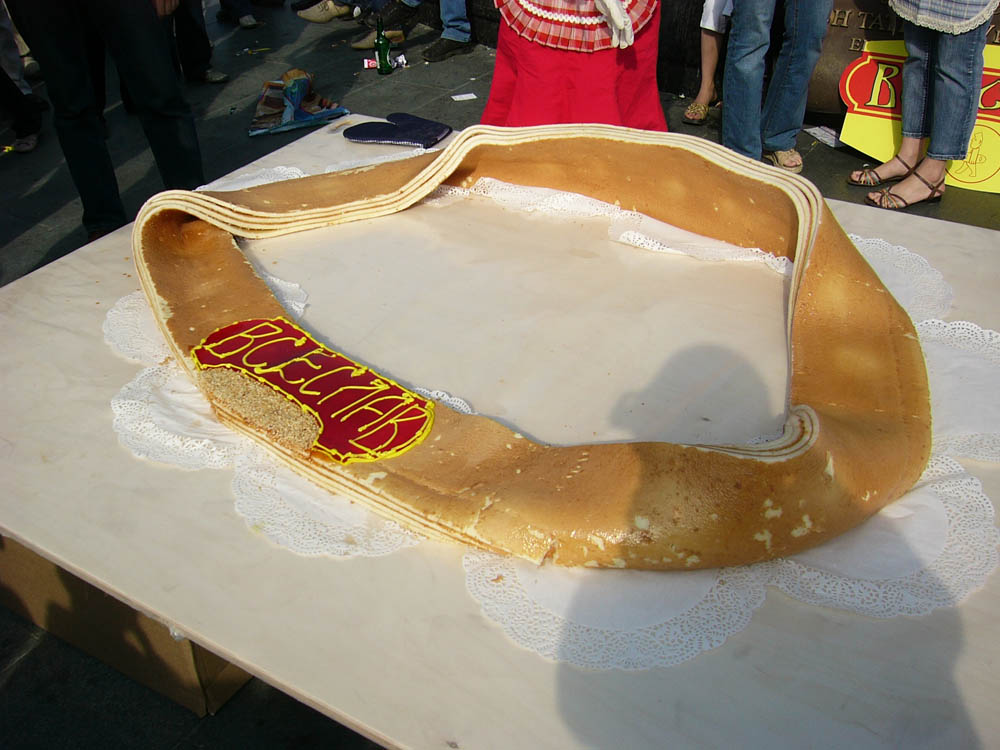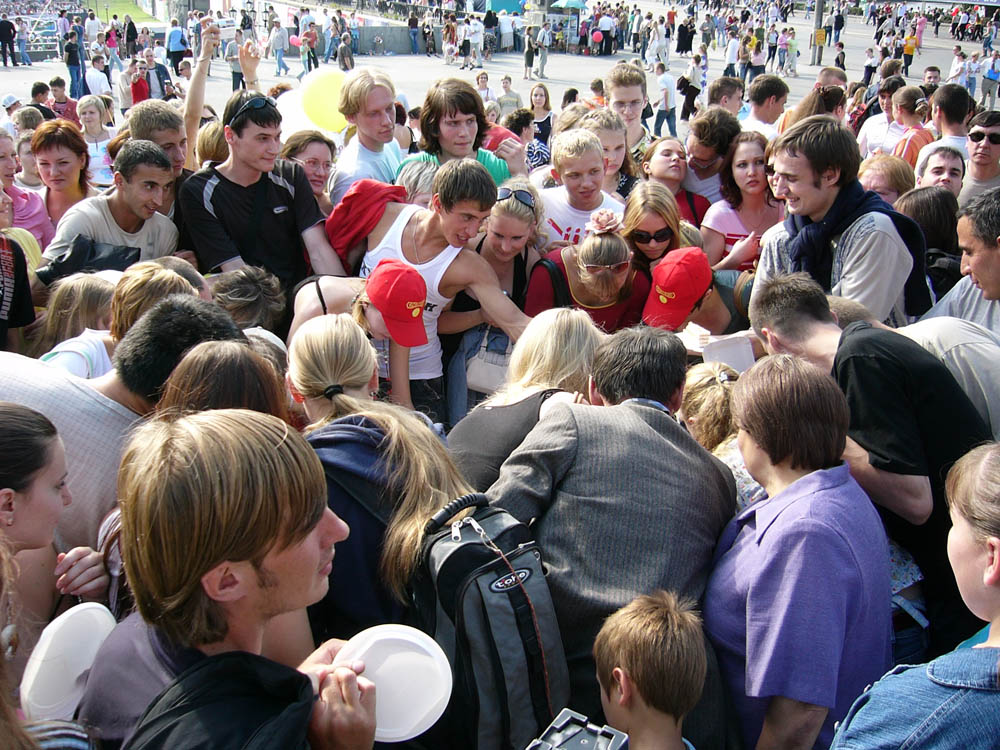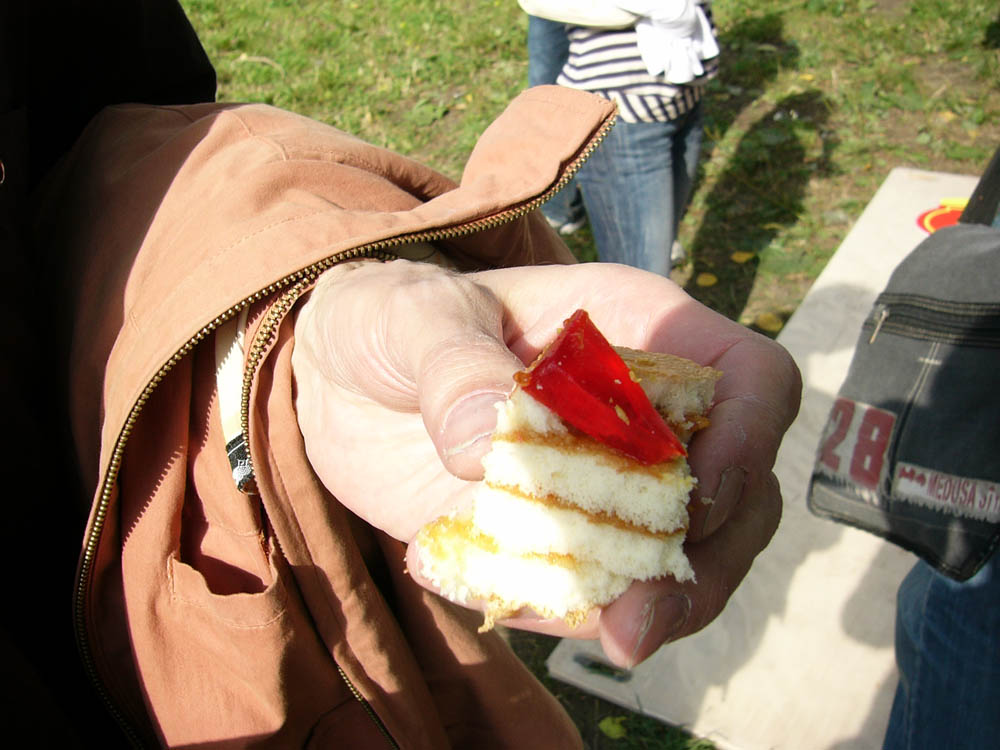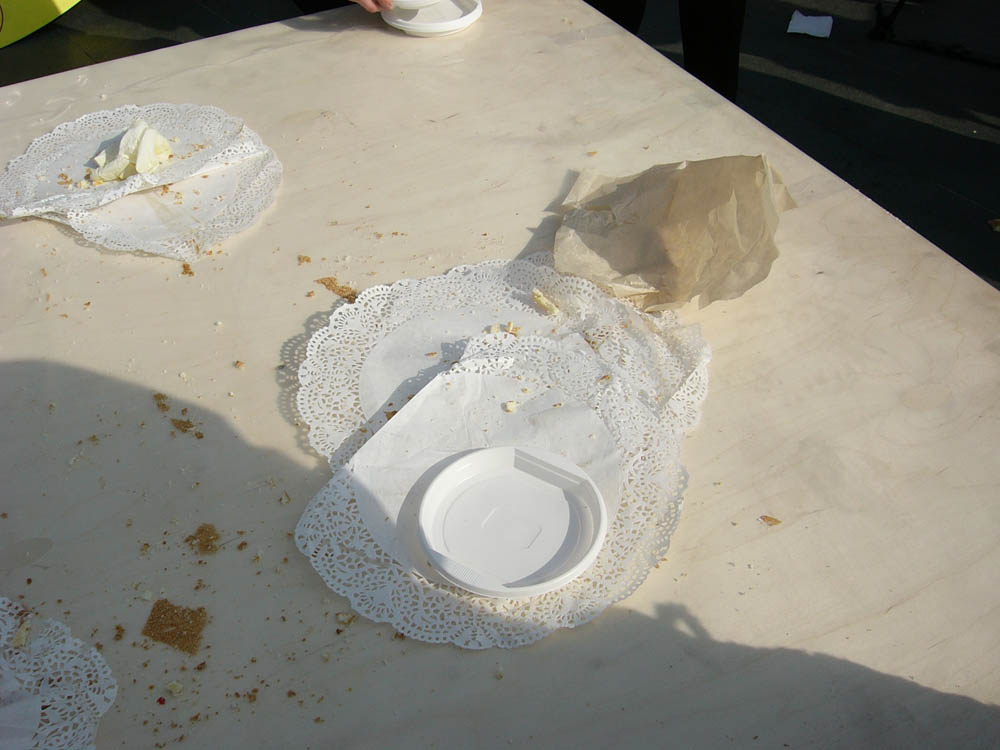2006
Format: public performance, happening, video documentation (44 minutes)
Location: Russia, Yekaterinburg city center and metro stations
Partners: State Center for Contemporary Art (GCCSA), ParaRam gallery
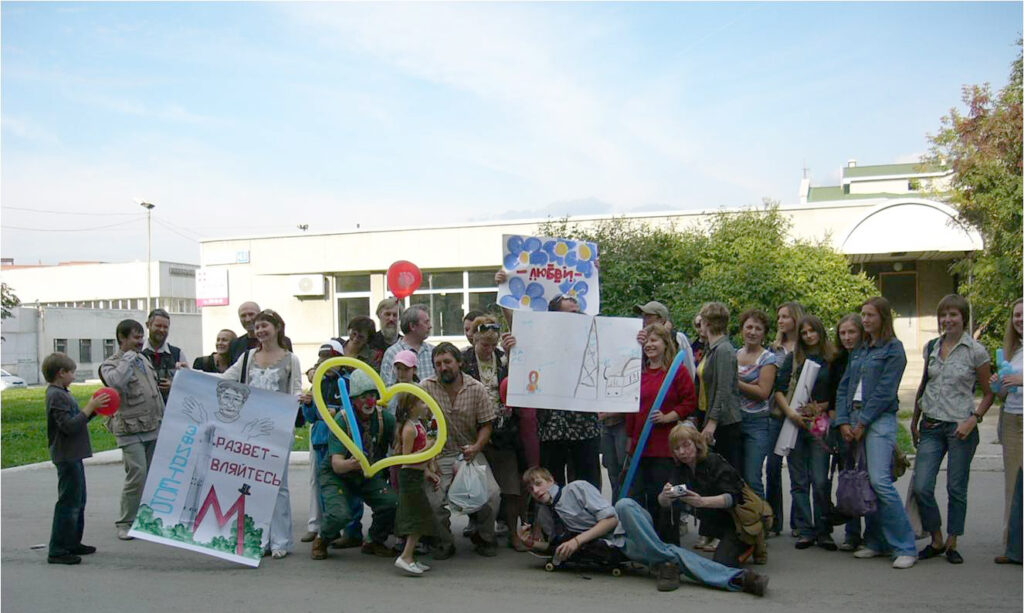
About the Project
Wedding of the Tower and the Metro is a multi-day public performance reimagining key landmarks of Yekaterinburg through the lens of local Ural traditions. The project creates a new living mythology for the city by symbolically uniting two urban giants — the Tower (he), an unfinished TV tower and prominent telecommunications structure, and the Metro (she), the city’s underground transit system.
The project unfolds as a ritual action reflecting deep archetypes and urban legends, expressing both the hopes and fears of the city’s residents. Through ceremonial acts and symbolic gestures, the performance seeks to harmonize unseen forces within the city and prevent potential catastrophe.
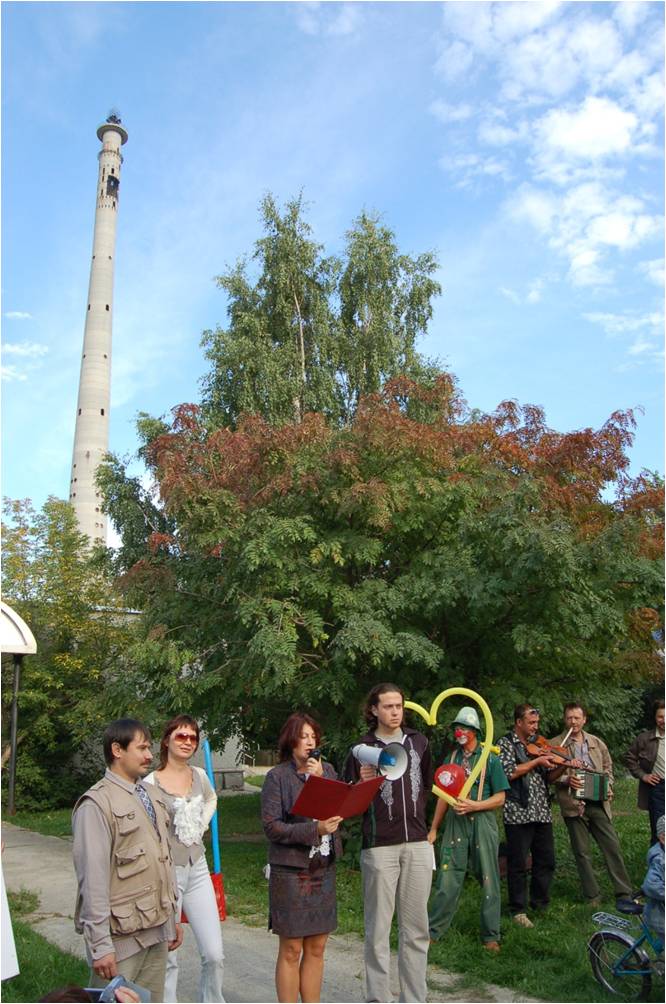
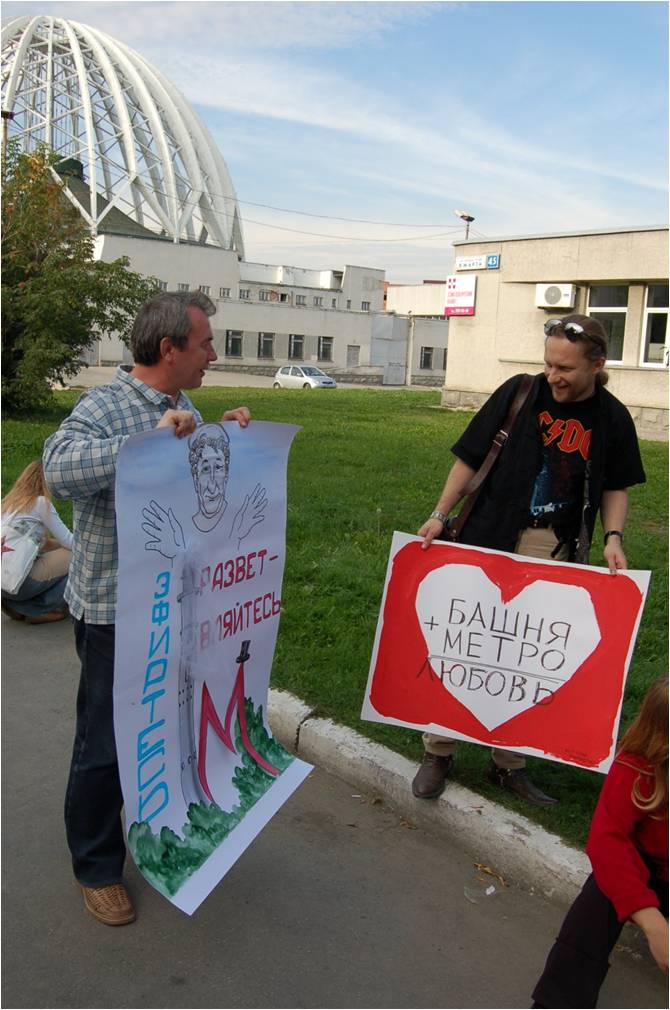
Background: The Question of the Tower and the Metro
- Concerns about a possible earthquake in the Ural region have been growing.
- For over 250 years, towers and underground spaces have been seen as the city’s main mythical and generative symbols.
- Today, the unfinished TV tower is the city’s apex tower symbol, while the metro is its main subterranean presence.
- These two giants effectively “meet” near the Circus area in the city center.

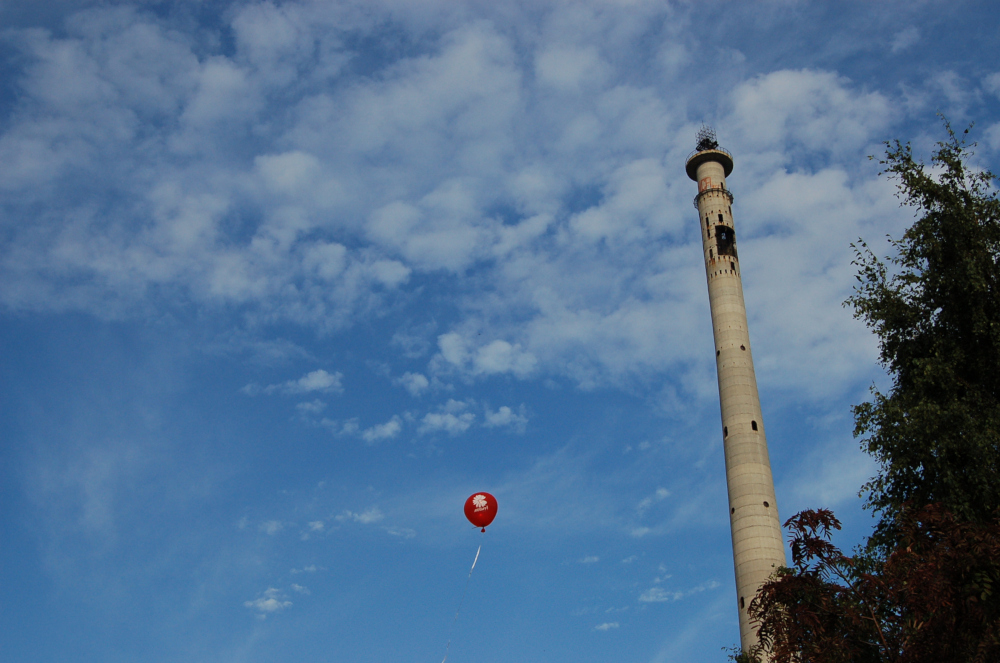
The Myth
The Tower and the Metro represent vast, intangible City Giants—beings with immense, mysterious bodies resting beneath the urban layers. Though currently still, their forces pull toward each other. Should they awaken suddenly or clash, disaster such as an earthquake could follow.
The myth is not just a story but includes ritual actions designed to control these forces and protect the city.
The Ritual — The Wedding
The Giants’ longing for union has reached a peak — the time has come to hold their Wedding.
If this ritual is not performed, the Giants may pass each other by, and the symbolic “Child” — the city’s future potential — will never be born. Alternatively, a chaotic union could bring disaster.
Additional Context
This myth draws from ancient, pre-Ellin traditions and familiar motifs of Titans and Titanesses. The Tower and Metro stand as symbolic Titans within the city landscape.
The myth partly explains the origins and roles of these urban forms and partly prescribes complex ritual actions that help channel and contain hidden powers, ensuring the city’s well-being.
The Performance
On August 25–26, 2006, Yekaterinburg witnessed a collective celebration of the Wedding of the Tower and the Metro.
This ritual involved local artists, residents, and guests, bringing the myth to life through a series of staged actions:
Public announcement of the upcoming Wedding (2006, August 18).
The solemn Wedding ceremony — a modern ritual binding the Giants (2006, August 25).
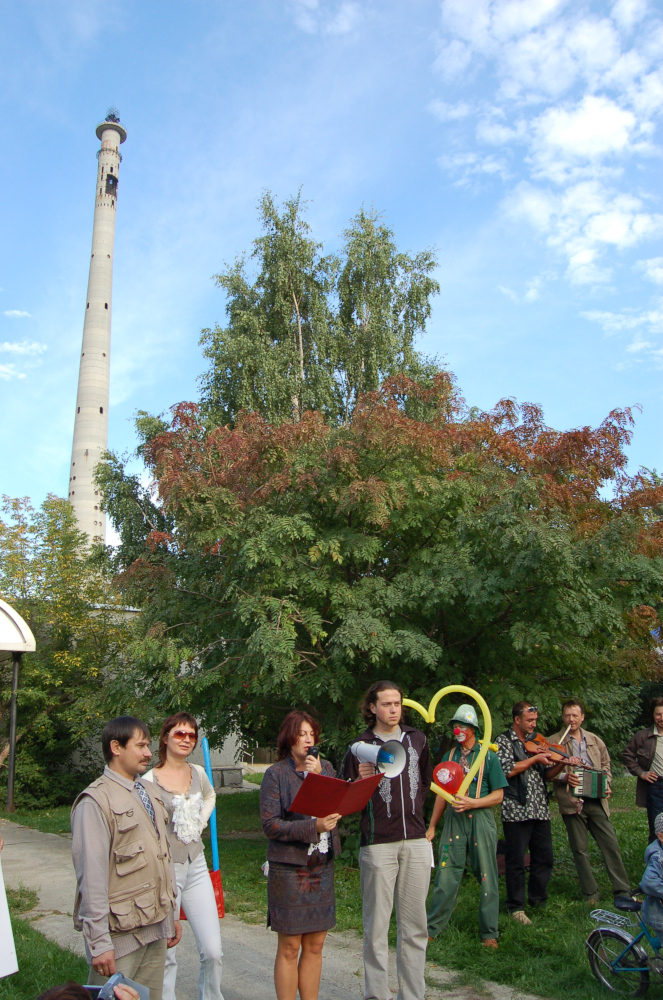
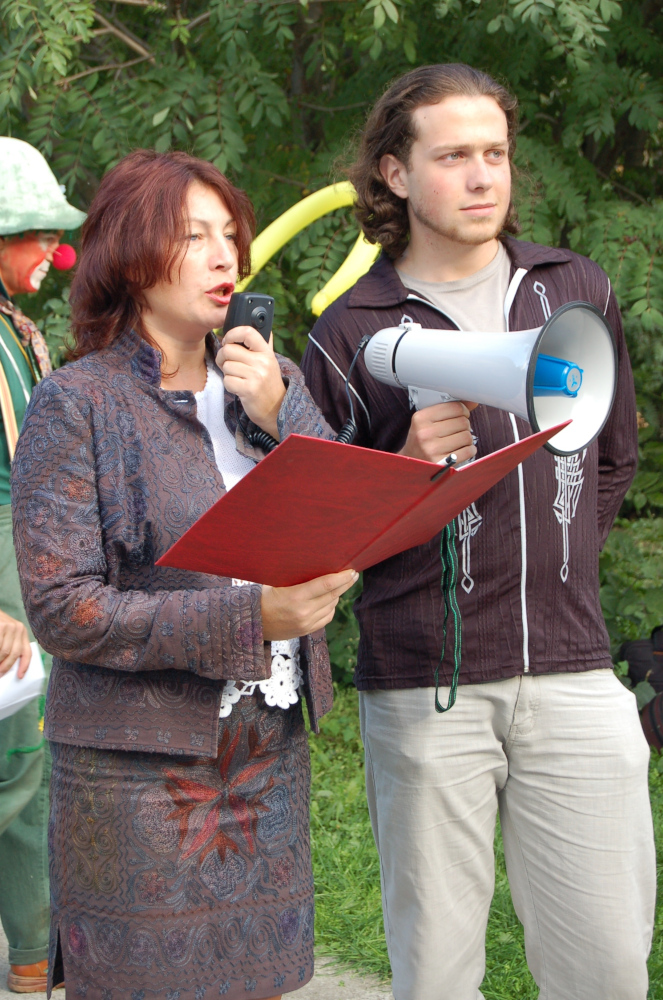
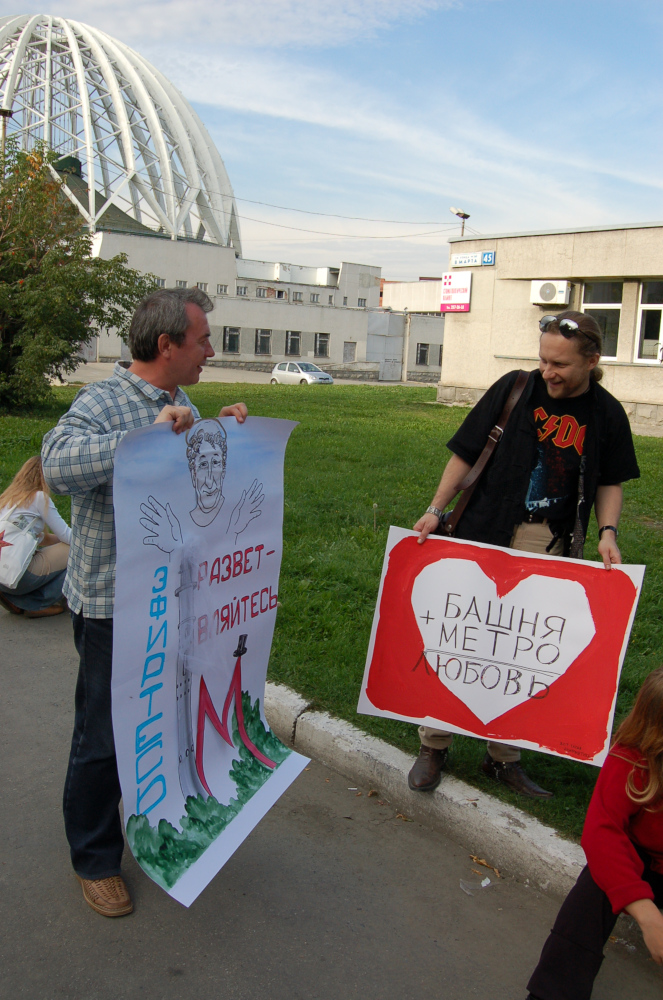
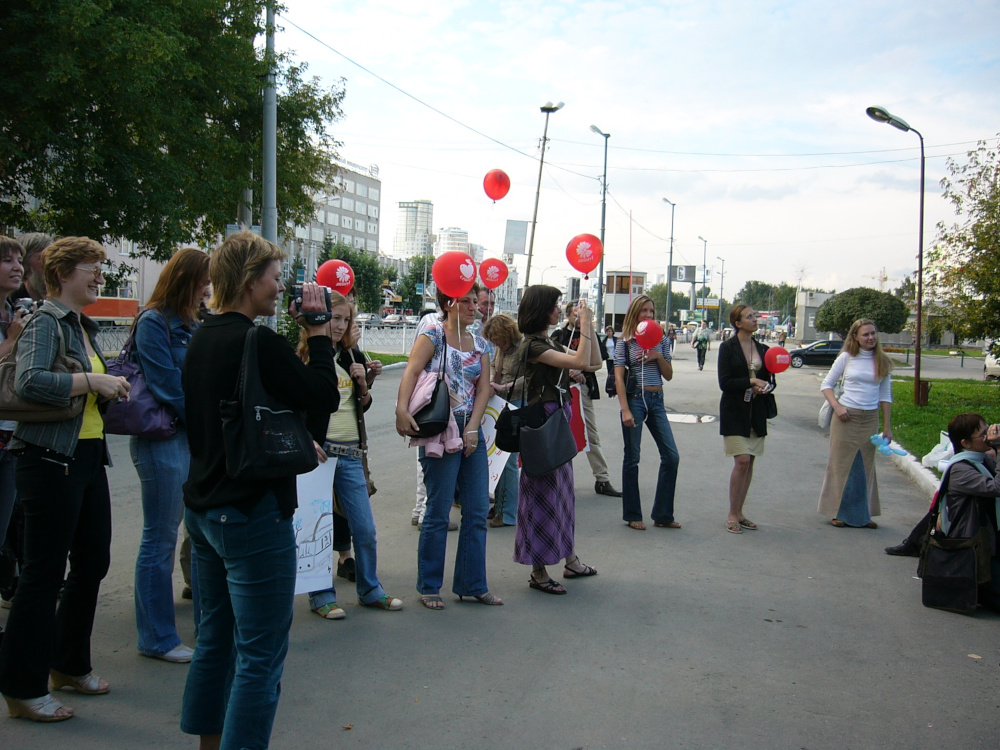
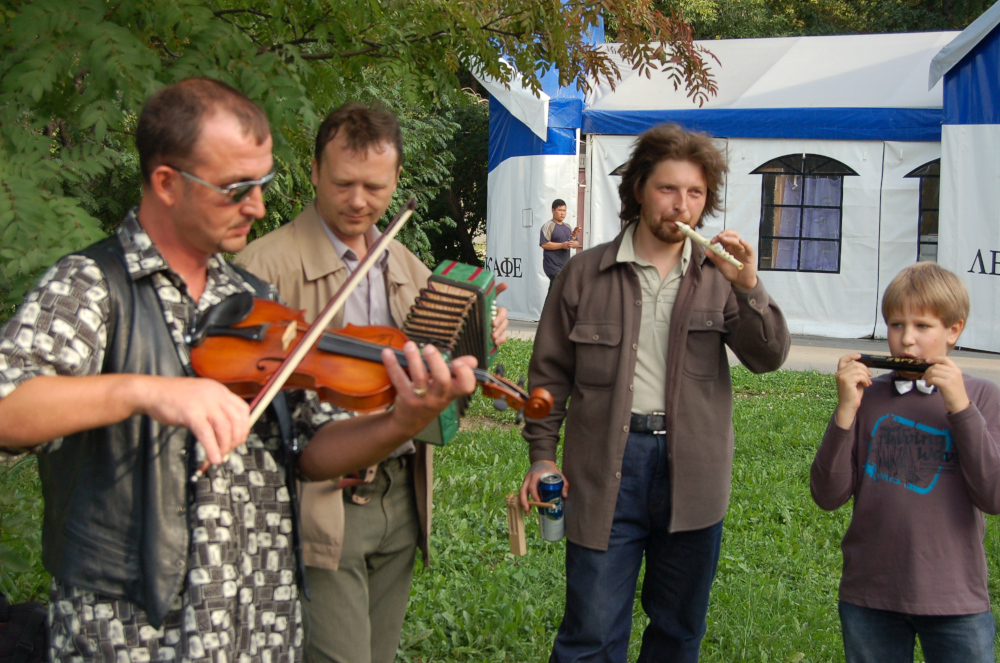
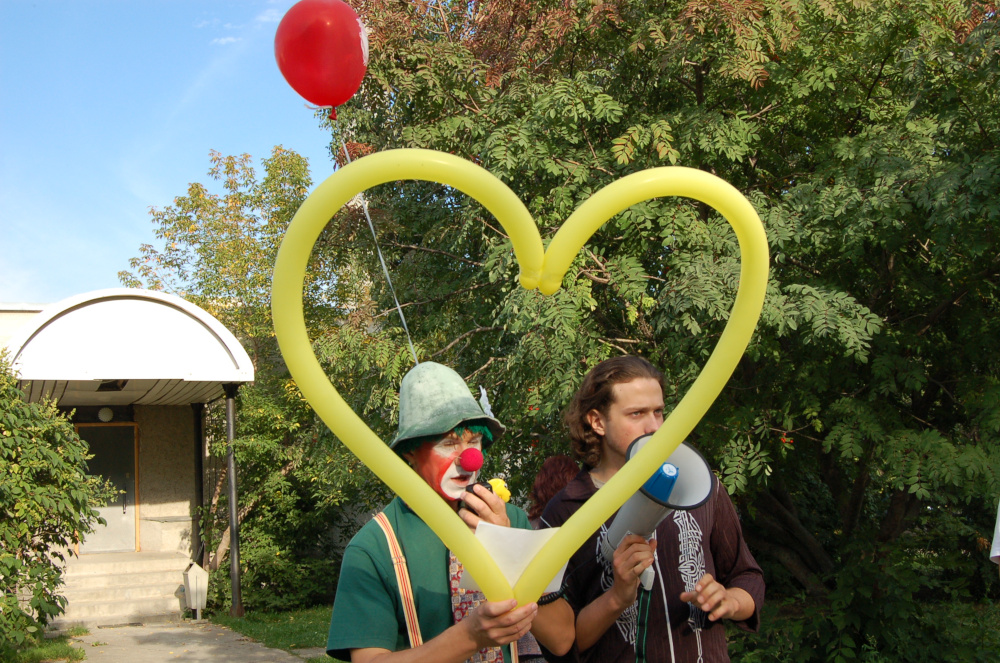

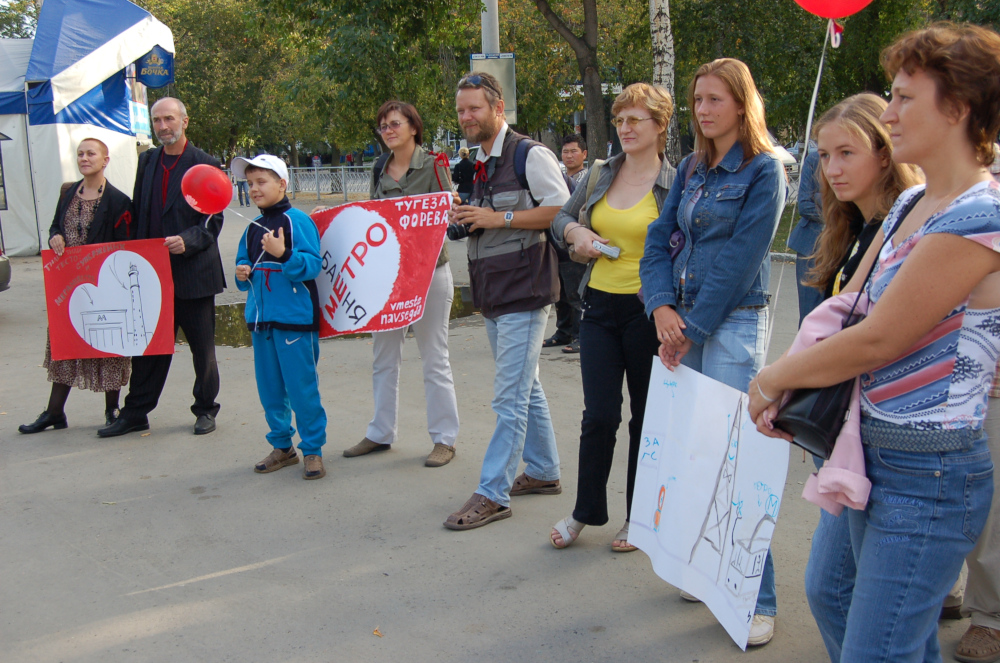
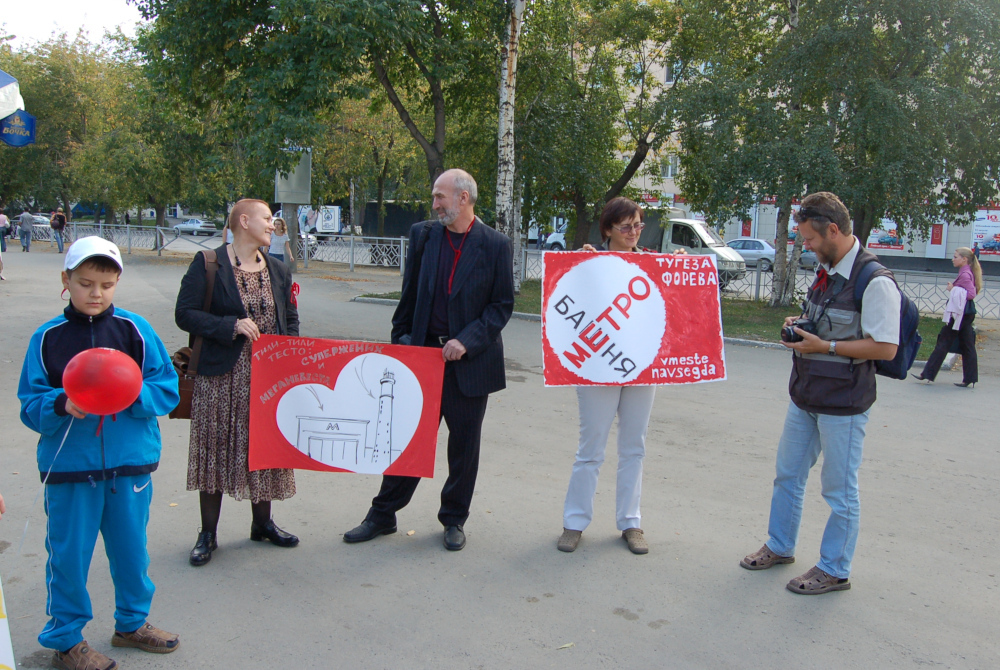
A communal feast — an ancient ritual that unites participants and seals the ceremony’s success (2006 August 25).
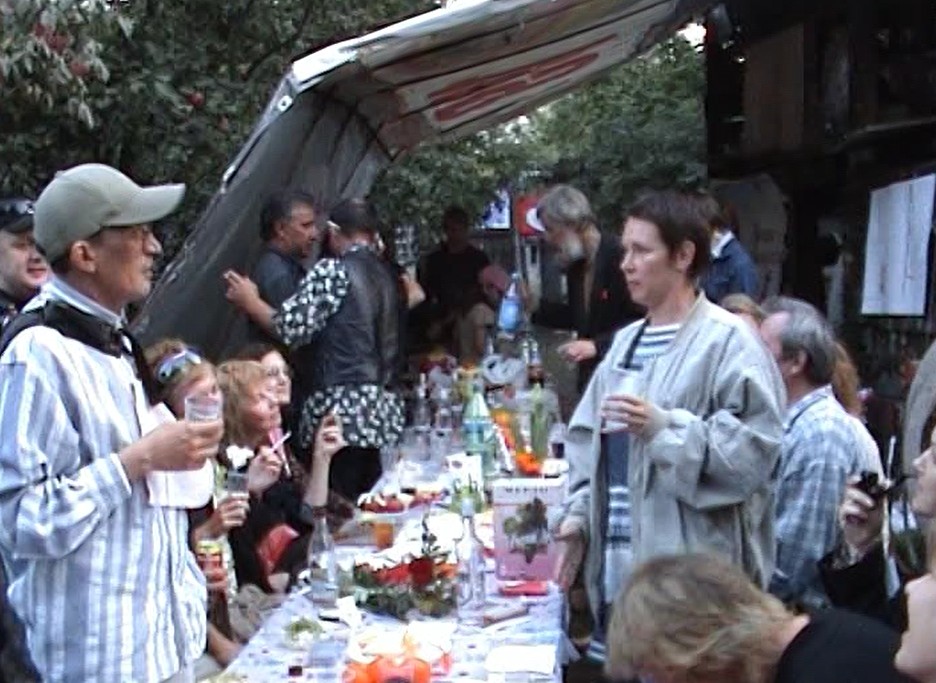
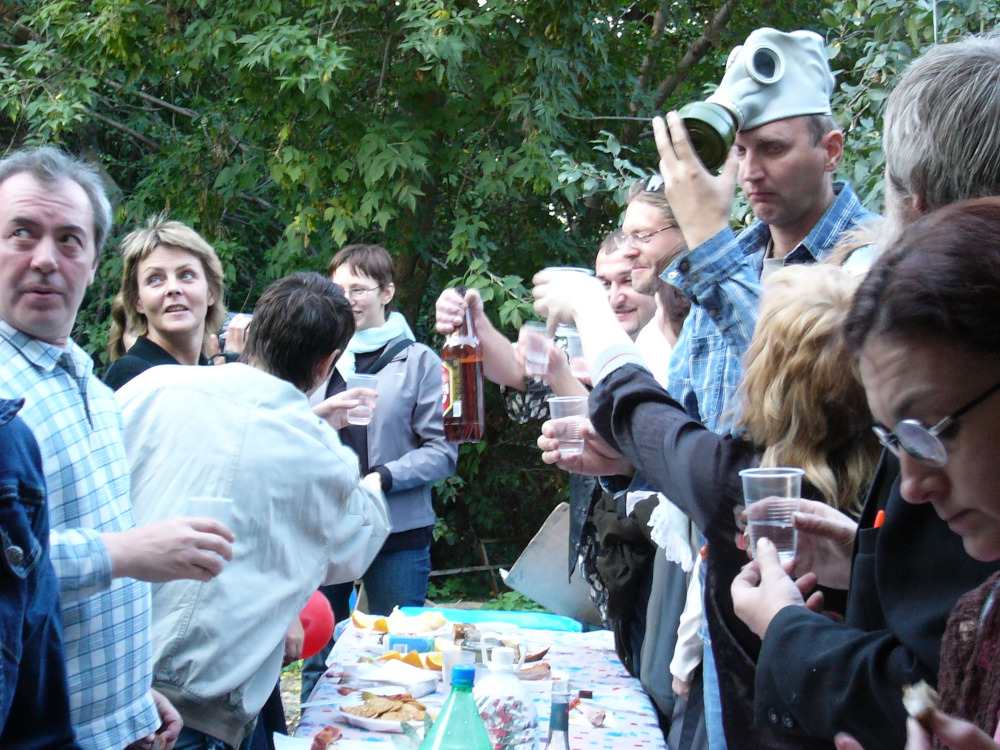
The Fertilization rite — participants crafted miniature Tower figures symbolizing the Tower’s “seed” (2006 August 26).
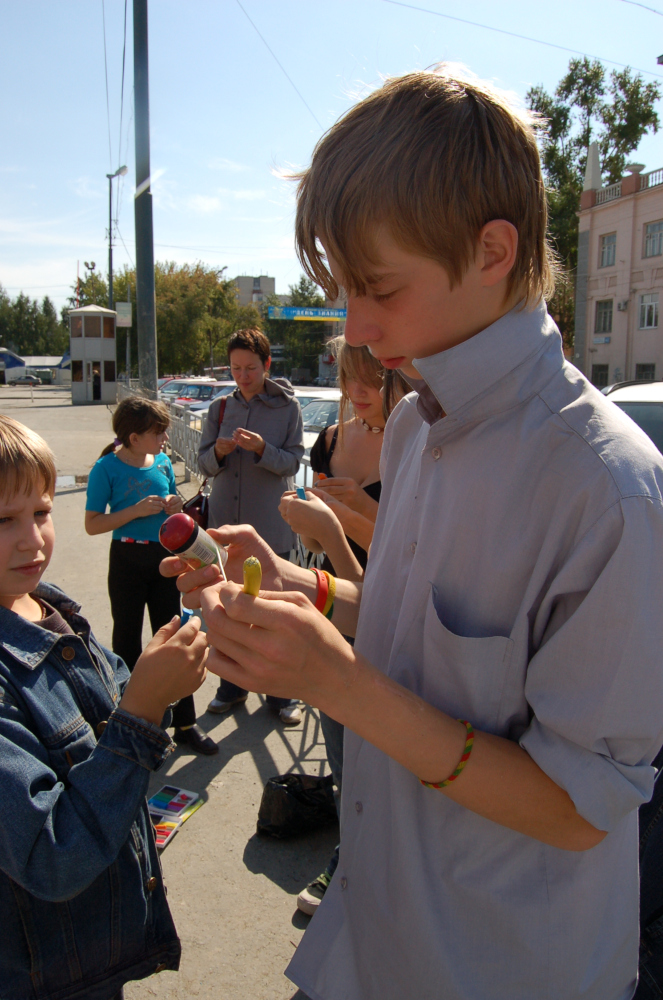

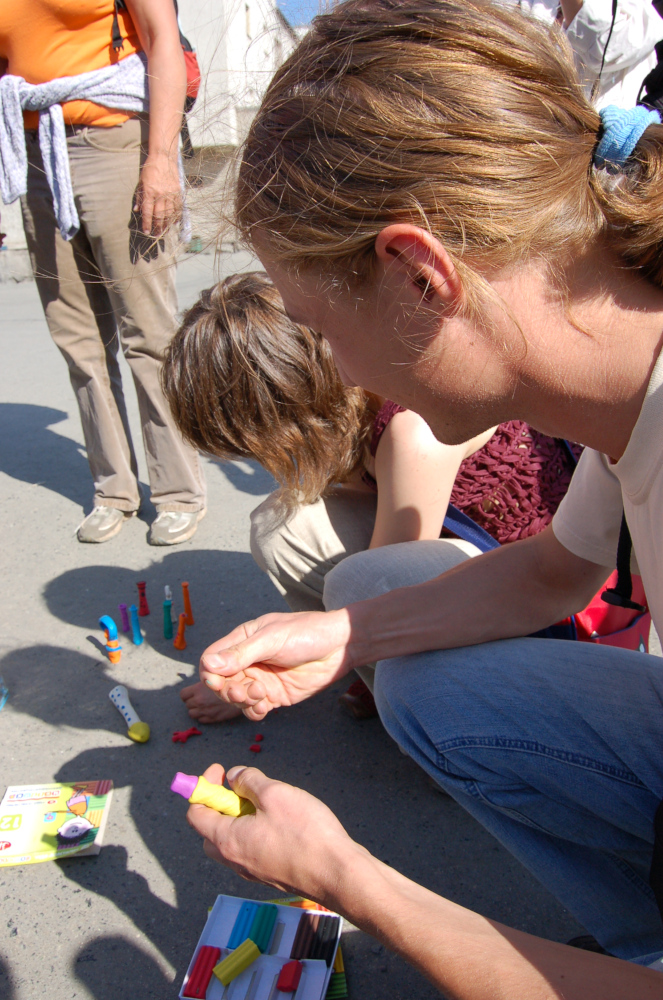

And discreetly placed them throughout metro stations and trains (2006 August 26).
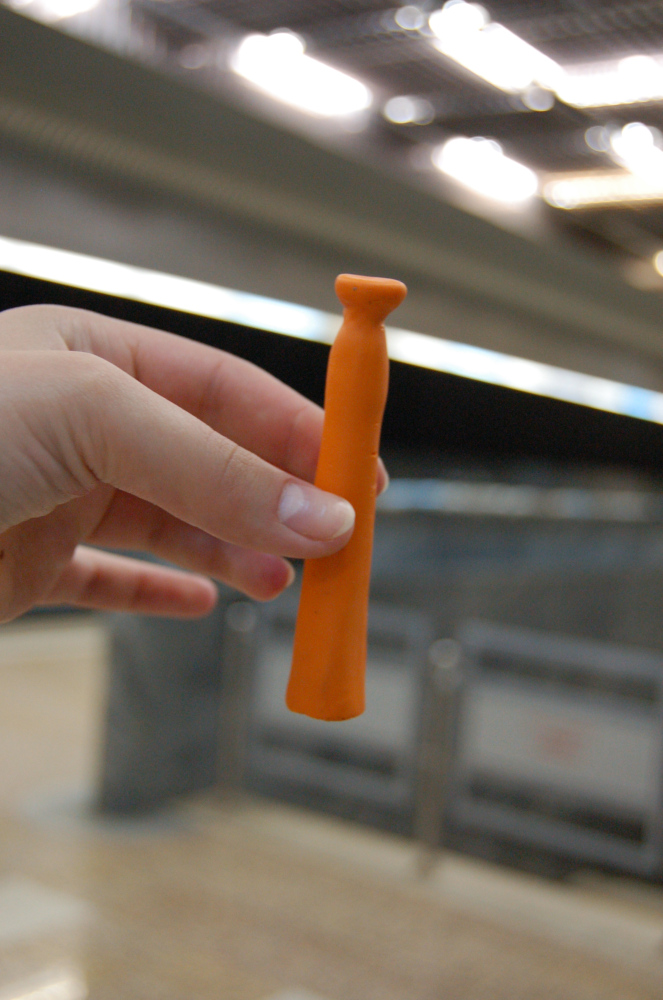
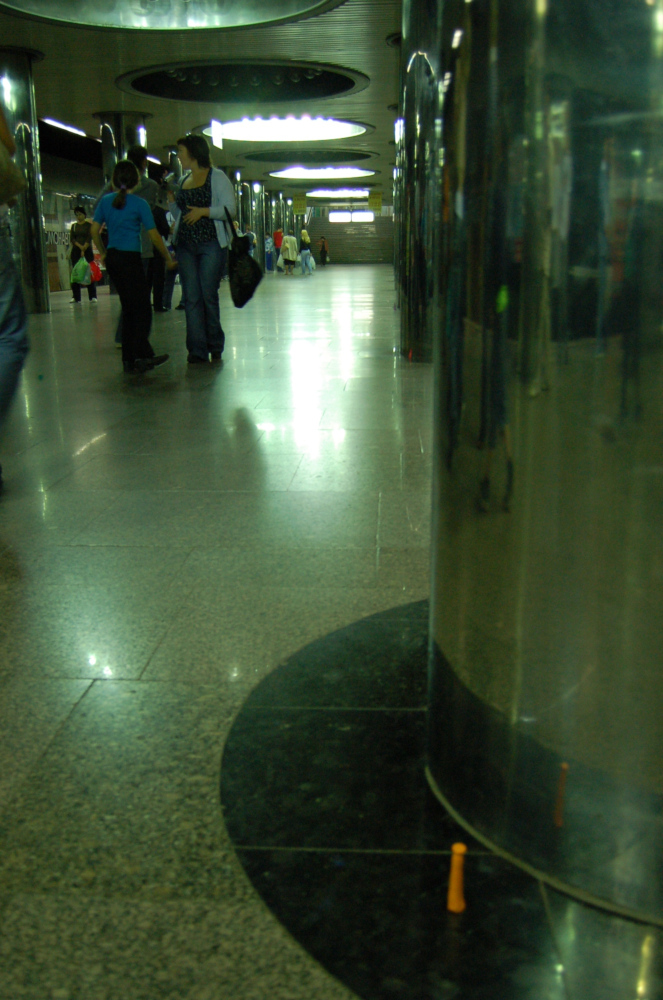

Outcome
The action transcended artistic mystification, becoming a real and effective ritual. Just days after the event, news came that the long-frozen metro construction would resume.
Exhibitions and Screenings
September 2006 — International Festival Stop! Who’s Coming?, Moscow, special project of the Yekaterinburg branch of the State Center for Contemporary Art (GCCSA) StolpoTvorenie.
November 2006 — Video screening at the ParaRam art salon, Yekaterinburg.
2007 — As part of the StolpoTvorenie special project (Yekaterinburg GCCSA), nominated for the Innovation All-Russian competition award in the category Regional Contemporary Art Project.
2023 — Documentation of the project participated in the archival exhibition “Art without a ticket: the history of public art in Yekaterinburg” at the Ural Branch of the A.S. Pushkin State Museum of Fine Arts.
